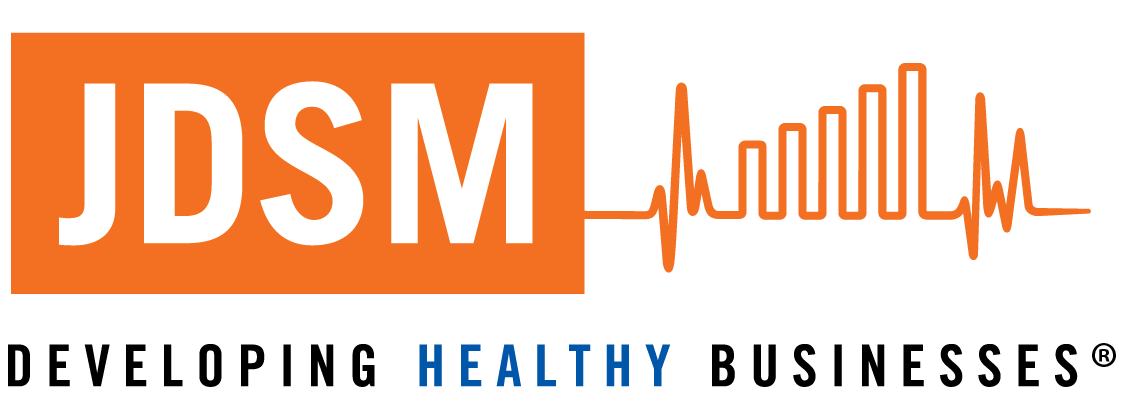As many of our businesses are now returning to work from stay-at-home, there will be another wave of change and stress on us and on our employees. During the lock-down we and our employees faced a totally new situation…. working virtually, home-schooling, special time with our family, shifts in work hours, cuts in discretionary income, and uncertainty about what’s next. Some of these situations created positive feelings while others contributed to significant stress which will not automatically disappear when we return to the new normal. That’s because the workplace will be “business as unusual”.
In addition to strategies for safety and social distancing, business owners may want to keep these “business-as- usual” communications strategies in mind as we re-engage our workforce.
- Lead first, manage second…Focus on your core role as a leader in capturing the minds and the hearts of your employees. Create an environment in which employees can maintain their level of motivation by creating clarity, trust, and direction. Redirect employee energy from resistance to problem-solving and action. Be crystal clear about goals and constraints and ask them to help figure out the workflow process since they are closer to the customer.
- Communicate clearly and often……In challenging times, ambiguity is the enemy. Share as much as possible about the reality of the business conditions and your plans for each phase of return to work and customer fulfillment. Keep the communications coming with regular huddles with appropriate distancing and frequent updates. Overcommunicate what you do know and be honest about what you do not know now. Let information trump speculation.
- Be Patient……Many returning employees just experienced a major change. As employees come back to the workplace, they will experience another dramatic change in ways of working. While many employees may look forward to seeing their peers and customers, others may be struggling with how best to help the kids adjust to a second major change in less than two months, and uncertainty about their future. Everyone will not re-engage at the same pace.
- Focus on staff development– When facing a leaner staff or shifts in ways of working, it is important to give employees time, attention and challenging assignments. The greatest development usually comes challenging work that adds motivation. Let their motivation be built by overcoming difficult assignments. Engagement and work satisfaction usually come out of teamwork, accountability and a shared vision. Insist on buy-in and hold your employees accountable to succeed in spite of changes in work roles and ways of working.
- Let employees know that you care about them and their family. Continue to check in frequently with them personally or through your line managers. Celebrate small wins with teams and with customers. Talk about the importance of the employee’s current role in serving customers, especially if their role has changed with your transition. Taking care of the people who take care of your customers will be good for business.
Let’s turn “business-as-unusual” into “business-as-usual” as fast as we can.
Ed Bierschenk, TAB Coach


